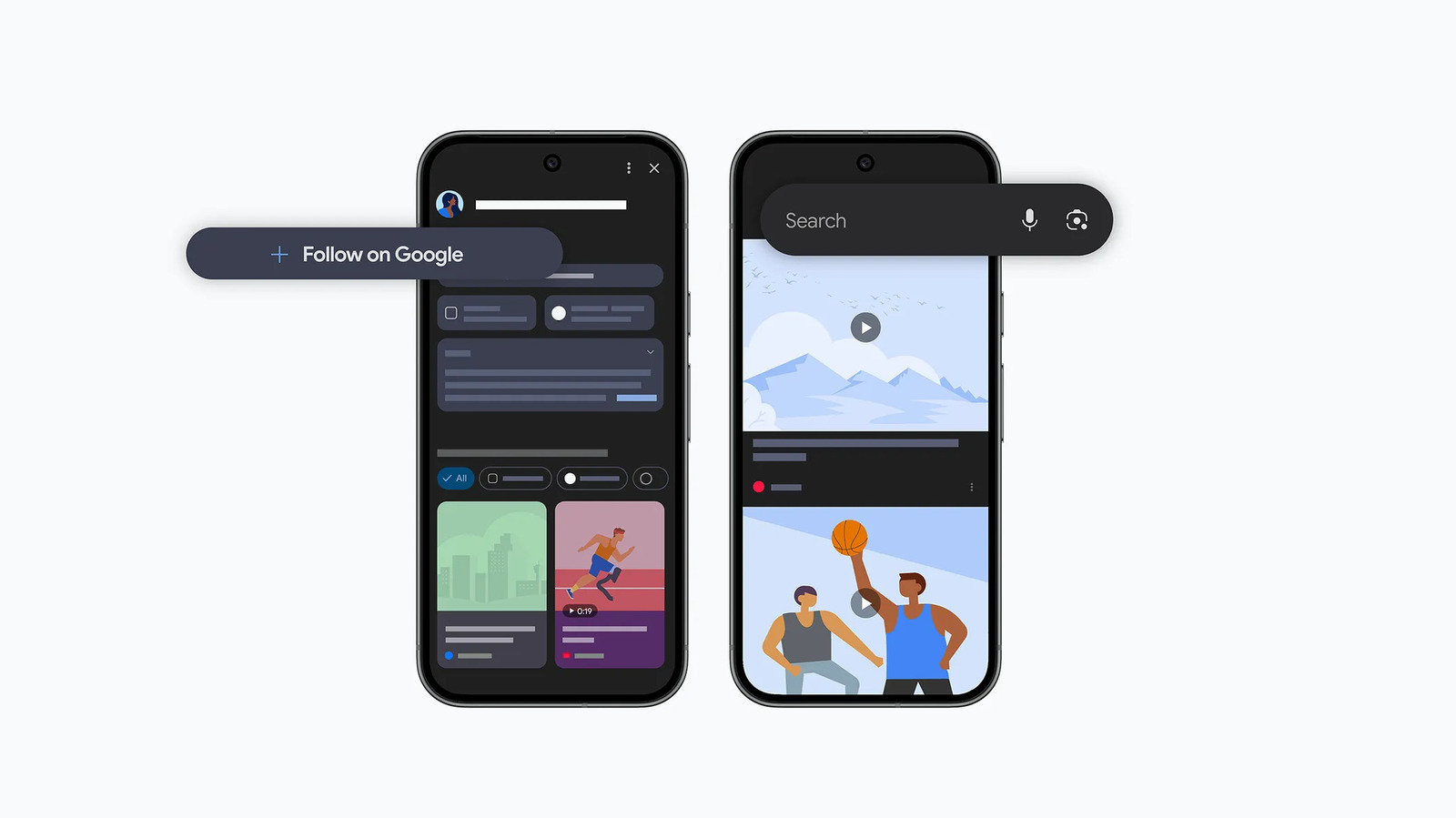What’s the Deal with Time Series?
Time series data is everywhere: stock prices, temperature readings, website traffic, ECG signals—if it has a timestamp, it’s a time series.
Traditional statistical models like ARIMA or Exponential Smoothing get the job done for basic trends. But let’s be real—today’s data is noisy, nonlinear, and often spans multiple variables. That’s where machine learning (ML) and deep learning (DL) flex their muscles.
A Quick Look at Traditional Approaches
|
Method |
Strengths |
Weaknesses |
|---|---|---|
|
ARIMA |
Easy to interpret, good for linear trends |
Struggles with non-linear patterns |
|
Prophet |
Easy to use, handles holidays/seasons |
Not great with noisy multivariate data |
But when you’re dealing with real-world complexity (e.g. multiple sensors in a factory), you want something more flexible.
Enter Deep Learning: LSTM & Friends
RNNs are great, but LSTMs (Long Short-Term Memory networks) are the go-to for time series. Why? They handle long dependencies like a champ.
Code: Basic LSTM for Time Series Forecasting
import numpy as np
import tensorflow as tf
from tensorflow.keras.models import Sequential
from tensorflow.keras.layers import LSTM, Dense
# Simulated sine wave data
def create_dataset(data, time_step):
X, y = [], []
for i in range(len(data) - time_step - 1):
X.append(data[i:(i + time_step)])
y.append(data[i + time_step])
return np.array(X), np.array(y)
data = np.sin(np.linspace(0, 100, 1000))
time_step = 50
X, y = create_dataset(data, time_step)
X = X.reshape(X.shape[0], X.shape[1], 1)
model = Sequential([
LSTM(64, return_sequences=True, input_shape=(time_step, 1)),
LSTM(32),
Dense(1)
])
model.compile(loss='mse', optimizer='adam')
model.fit(X, y, epochs=10, verbose=1)
Tip: Batch size, number of layers, and time step affect how far ahead and how accurately your model can predict. Experiment!
Reinforcement Learning Meets Forecasting?
Yes, really. Reinforcement learning (RL) is traditionally used in game AI or robotics. But you can also model time series decisions—like when to buy/sell a stock—using Q-learning.
Code: Q-learning for Simple Trading Strategy
import numpy as np
actions = [0, 1] # 0: hold, 1: buy
Q = np.zeros((100, len(actions)))
epsilon = 0.1
alpha = 0.5
gamma = 0.9
for episode in range(1000):
state = np.random.randint(0, 100)
for _ in range(10):
if np.random.rand() < epsilon:
action = np.random.choice(actions)
else:
action = np.argmax(Q[state])
next_state = (state + np.random.randint(-3, 4)) % 100
reward = np.random.randn()
Q[state, action] += alpha * (reward + gamma * np.max(Q[next_state]) - Q[state, action])
state = next_state
This toy example teaches you the basics. In real trading, you’d use RL with actual market environments (like gym or FinRL).
Real-World Use Cases
- Stock Forecasting – Predicting short-term price action using deep models and incorporating technical indicators.
- Industrial Fault Detection – Time series from sensors can help predict failures before they happen.
- Healthcare Monitoring – LSTM can detect anomalies in ECG or sleep data.
Gotchas You Should Know
- Overfitting: Deep models love memorizing noise. Use dropout, early stopping, and regularization.
- Data Leakage: Always split time series chronologically.
- Too Little Data: Time series often need more data than you think.
Final Thoughts
Don’t be afraid to mix models. Traditional stats + DL + RL can actually complement each other. Time series is evolving—and if you’re a dev, you’re in a great spot to lead the way.









